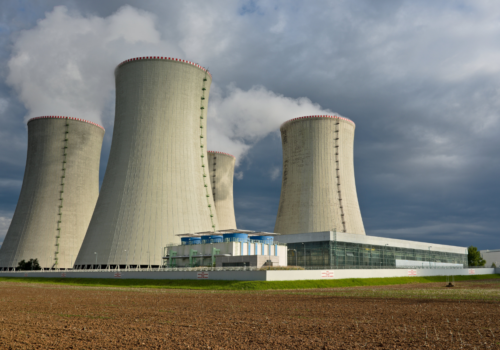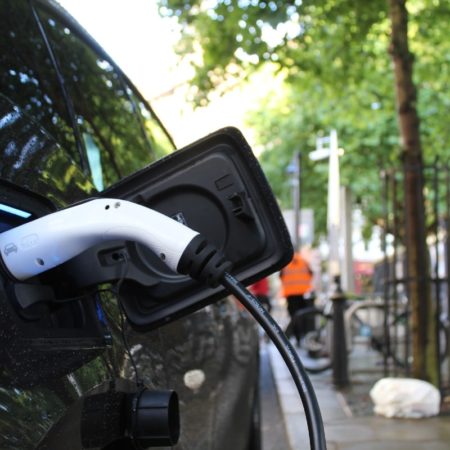Nuclear fusion has been hailed as the limitless supply of green energy the planet so desperately needs – and the UK government has just announced the site of its first prototype fusion energy plant. But what is nuclear fusion, and how close are we to commercial production of nuclear fusion power? Our short guide explains.
What is fusion?
Fusion is the process that makes the sun shine and the stars bright. It does not occur naturally on earth, but scientists are quickly closing the gap on this sustainable form of energy.
In simple terms, fusion is the process of two molecules combining under immense amounts of heat and pressure. When this occurs, the nuclei of the two molecules ‘fuse’ and become one, releasing excess energy. It is this excess energy that is harnessed and used as a power source.
Nuclear fission, which is currently what’s used in nuclear power stations, is the opposite of this: energy is released when the molecules split apart. The energy release from fusion is exponentially larger than that released from fission.
To produce fusion on earth, the conditions must be just right. It requires a combination of hydrogen gases to be heated at very high temperatures (over 100 million degrees Celsius) and maintained under immense amounts of pressure. It is only in recent years that technology has advanced enough to be able to create these kinds of conditions.
Unfortunately, this technology is still very expensive and takes a long time to build. On top of this, no facility to date has been able to generate net energy from fusion (producing more energy than is used).
Nuclear fusion still has a long way to go before it can become more widely accessible and affordable but is considered one of our best hopes for a limitless clean energy supply.
Advantages of fusion power
- No carbon emissions – Unlike nuclear fission, nuclear fusion does not generate any harmful by-products. There is only a small by-product of helium, but this is an inert gas that can be safely released without harming the environment.
- Abundant fuel source – The most common fuels used to produce fission are deuterium and tritium, which are isotopes of hydrogen. Deuterium can be found in seawater and tritium is produced during the process. These materials are bountiful enough to last many thousands of years, unlike other resources such as oil.
- Energy efficiency – One kilogram of fusion fuel can provide the same amount of energy as 10 million kilograms of fossil fuel, so it’s potentially a lower cost fuel source as well as being more environmentally sustainable
- Safer – Nuclear fusion provides much safer working and operating conditions. If the working system gets overwhelmed, it will automatically shut down. This is because the working conditions must be absolutely perfect and cannot continue otherwise. There is also next to no radioactive waste, another big difference from fission nuclear power.
Fusion in the UK
Fusion could be the future of energy, and the UK government is determined to be a key player in that future.
The government has chosen the power station near West Burton A to be the UK’s first nuclear fusion site. It will host the new Spherical Tokamak for Energy Production Program (STEP). The new multi-billion pound development could bring 10,000 jobs and billions of pounds to the area.
In October of 2021, the UK government also outlined its fusion strategy in a guide called ‘Towards Fusion Energy.’ Together with 34 other countries, the UK joined ITER, the world’s largest fusion project, to further research and development on nuclear fusion.
What does this mean for businesses?
For companies that are big energy users, such as cement and other heavy industry, nuclear fusion could mean more reliable and sustainable energy production at a lower cost. Nuclear fusion is 25% of the cost of nuclear energy and half the cost of wind and runs on much smaller amounts of fuel. A 1 Gigawatt fusion power station will need less than one tonne of fuel during a year’s operation.
The UK government is operating with businesses and the environment in mind, with one of its goals being to “lead the development of international fusion standards and regulation, to ensure safety and maximise the global potential of fusion whilst creating important market opportunities for the UK.”
While this new potential is exciting and will make a massive difference for energy consumers, the next 5 to 10 years need to see significant growth levels for fusion power. The nuclear power plant at West Burton A is one such step forward, but there’s a long way to go before it becomes commercially viable.
In the short term, companies should be considering other routes to decarbonise their energy supply, but nuclear fusion is certainly one to watch.























